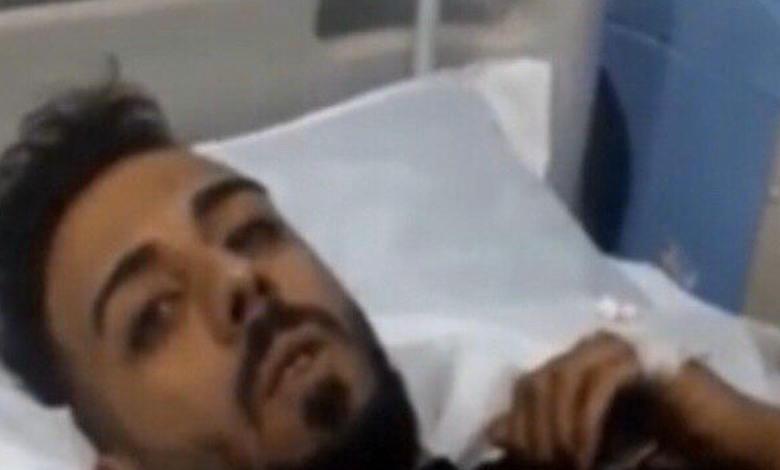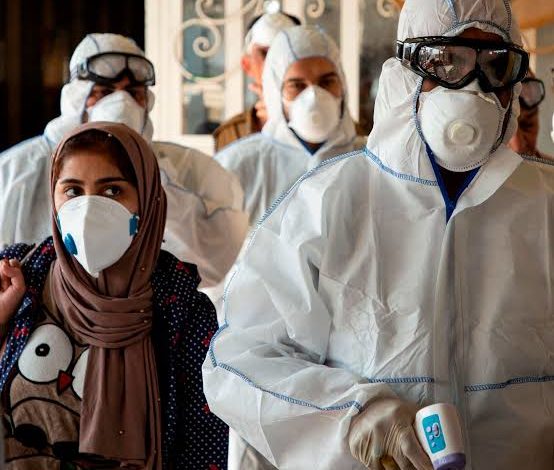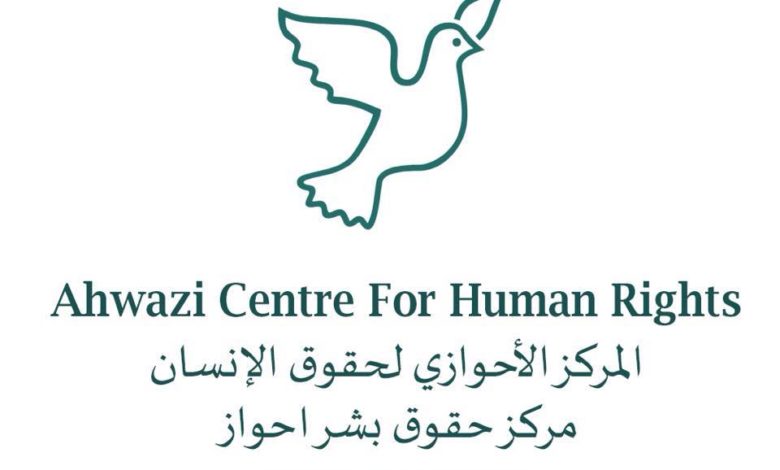Tehran’s criminal policies paved the way for another Ahwazi child’s death
In a tragic incident that happens far too often, a 3-year-old Arab child named Ali Borwayeh fell into an open–unprotected–sewer canal near his home in Zarqan neighbourhood, a suburb of Ahwaz city.
He survived the fall, only to drown because there were no first responders prepared to rescue him. An inadequate emergency response arrived far too late to save the child. This incident marks another tragic chapter in the story of suffering his family has lived as members of the marginalised Ahwazi Arabs in Iran.This incident brings to light many questions that have been asked before, but remain unanswered: Who is really responsible for the death of Ali and other Ahwazi Arab children like him? How did such a seemingly minor incident turn fatal? Tragedies like Ali’s recur far too often in Ahwaz, but the local and national authorities have never made any efforts to tackle the ongoing problem. To understand Ali’s tragic death, the suffering his family endures, it is important to examine the region’s chronically neglected living conditions, limited access to emergency medical services, and incompetent local government’s officials.
The sewer and drain systems in the Ahwazi neighbourhoods are both inadequate and in hazardous disrepair. Neighbourhood are riddled with old sewage canals, which lack safety barricades to restrict access to the interiors. Dashti Zadeh, Director of the Department of Water and Sanitation in the city of Ahwaz, has stated that the total length of the city’s sewage network is about 1,900 km, with approximately 700 km of these being old and dilapidated. Mr. Dashti Zadeh also asserted that nearly 80 percent of the suburbs of Ahwaz city have no sewage network whatsoever due to lack of sufficient financial support from the Iranian government. As Ahwazi children generally do not have access to parks or playgrounds–the Iranian government sees no need to make such provisions for non-Persian children–when Ahwazi children play outside, they are at risk of falling into dangerously old and unprotected drainage canals.
In addition to the potential for accidents resulting from unprotected sewers, the poor state of the emergency response system in Ahwaz means children who are injured cannot expect timely and effective emergency medical care. Ambulance services are not readily accessible in the marginalised Arab areas in Ahwaz because the local and state authorities are negligent and ineffective. In addition, the government has also failed to provide Ahwaz with the necessary funding for medical staff trained to properly handle such emergency situations. Miserable living conditions, subpar medical care and arrogant and inept authorities create dangerous conditions, with little hope of remediation, for Ahwazi children.
The city of Ahwaz is the country’s oil capital and it is the seventh largest city in Iran – home to more than one million people (mostly Arabs). In the 1980s and during the Iran-Iraq war, many Ahwaz Arabs migrated from their towns, cities, and rural areas to escape the dangers of war, moving to the other provinces–inhabited predominately by Persians. Some who migrated chose to keep their Arab identity hidden so as to integrate more easily into a Persian atmosphere rife with racism. Decades later, the Arab cities, especially those located a short distance from the Iraqi border such as Abadan, Muhammarah, Howeyzeh, Al-Besitin (Bostan), and Khafajiyeh, have never received any assistance from the government to help rebuild after the devastation caused to their infrastructure during the war. Consequently, these cities have become inhospitable for their residents, as they lack the basic amenities required to sustain the essentials of modern urban life. All that remains alive and well in these areas is the thriving marginalisation enacted by the Iranian regime against the Arabs living there. Rather than making any efforts to restore or rehabilitate these regions, the Iranian regime has instead sought to create new cities and settlements for non-Arabs in Ahwaz – such as Shirin Shahr. Unlike the neglected areas inhabited by Arabs, these non-Arab settlements were provided with the infrastructure required for modern life– such as electricity, water, roads, sewage, schools, hospitals, etc.
Not only is the infrastructure sub-par in Ahwaz, but the local governance is as well. Local governors are often incompetent and unskilled. Backed by Iran’s Islamic Revolutionary Guard Corps (IRGC), they tend to turn a blind eye to the region’s priorities, instead closely following regime orders. Rather than taking any responsibility for that which is lacking in the region, each new governor taking office blames all failures on the individual who held office before. One administration follows another, nothing changes, the inept government imposed upon the people remains, and as the years pass, nothing gets better.
So long as Iran’s attitude towards the Arabs of Ahwaz region, home to around ten million people, doesn’t change, conditions will continue to worsen, and discontent will only grow. Ahwaz’s infrastructure is crumbling; the political and economic marginalisation of the Ahwazi people is evident; the basic amenities of life in the entire Ahwazi areas are lacking. It would seem that the Iranian regime has used the Arab region of Ahwaz as a fruitful resource for plundering to the benefit of non-Arabs. Instead of allocating funds and resources to Ahwazi areas based on need and a sense of moral responsibility, the regime is giving attention to areas based on race and wealth. On the backs of the marginalised Arabs, the Iranian regime continues to reap the benefit of the region which leaves Ahwazi children’s blood running as easily as the region’s oil. Long before little Ali Borwayeh fell into the sewage to drown, the racist Iranian regime had fallen deeper into a moral mire of fascist anti-human policies.
C :Yasser Assadi
S: aLiBz




